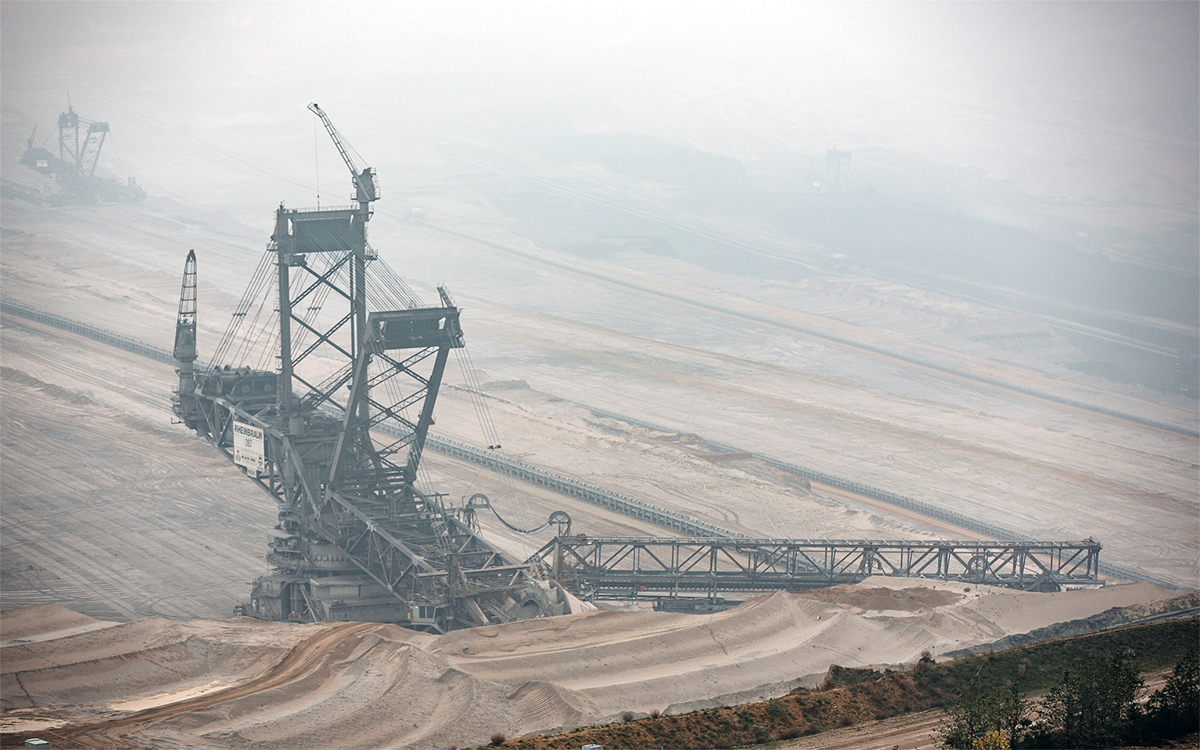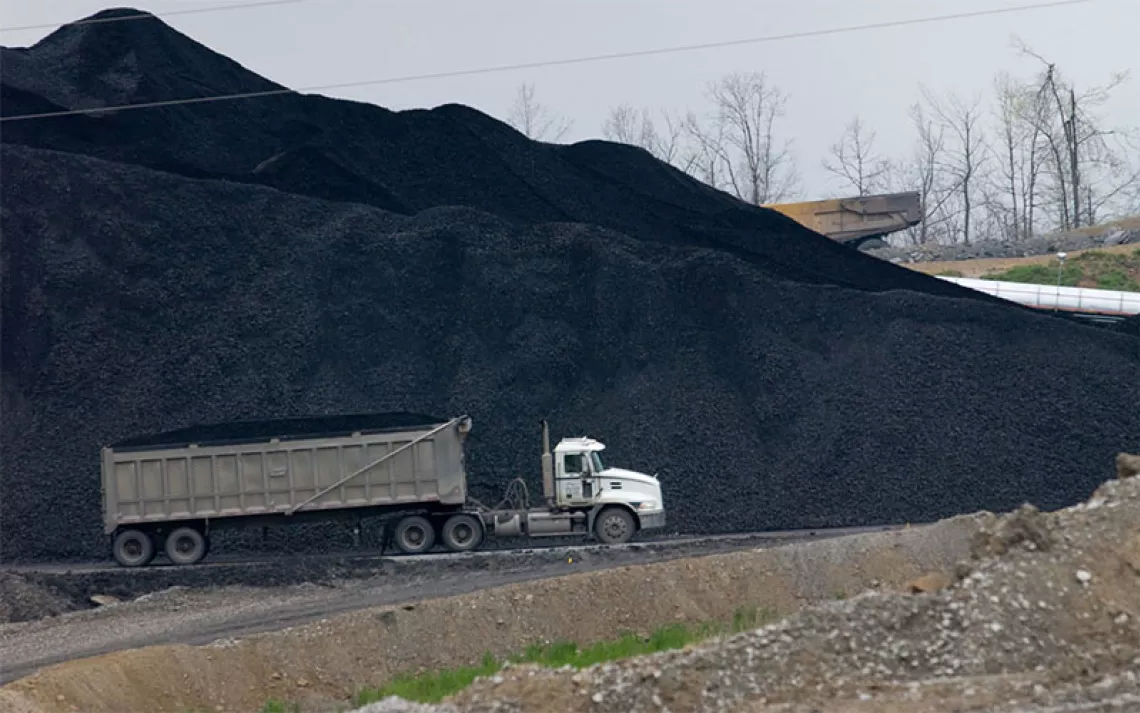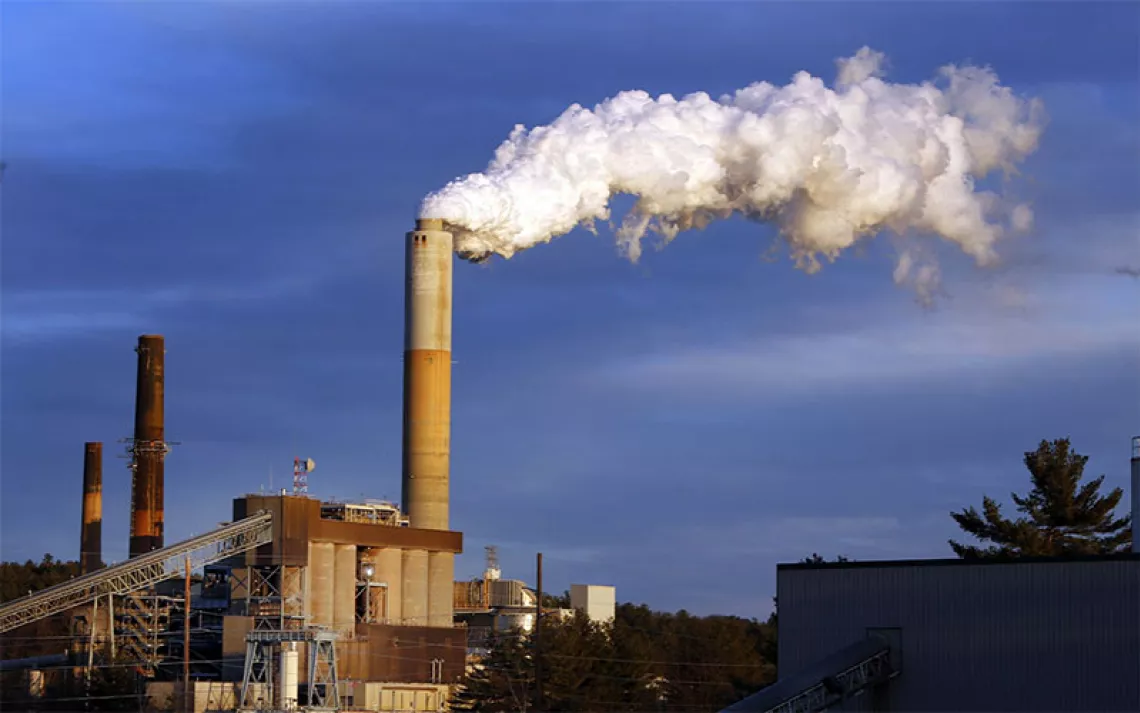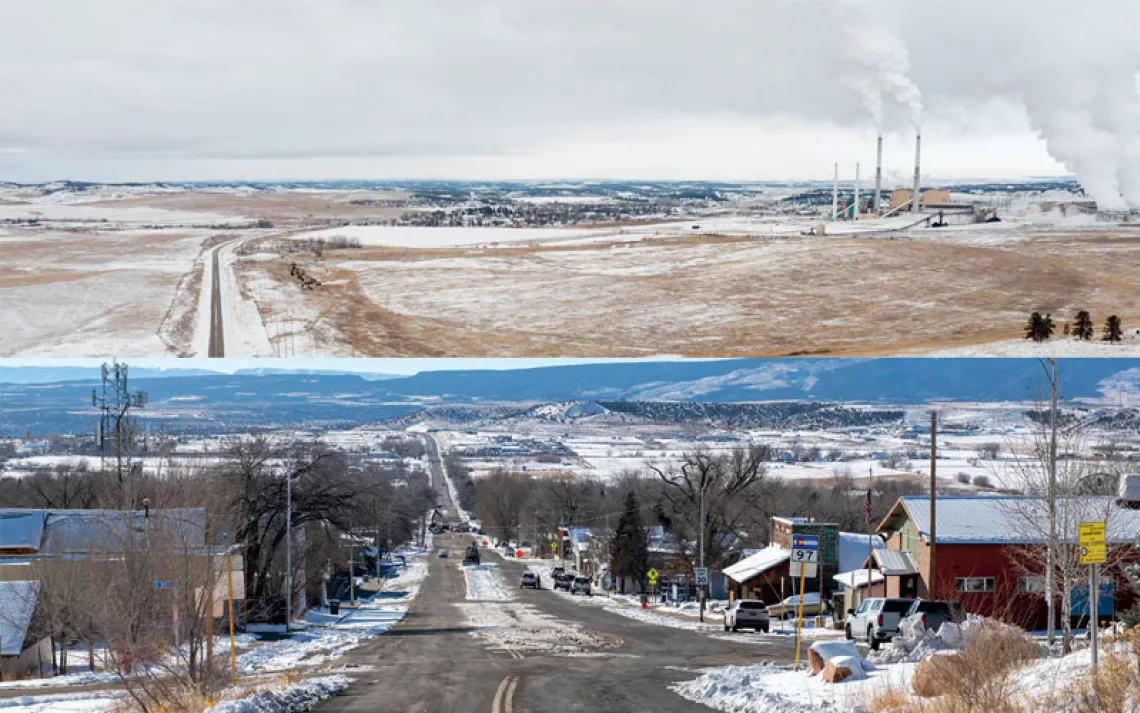“Island COP” Delegates Push for Climate Action on Banks of the Rhine
Germany's continued reliance on coal shows work remains to be done

Communities impacted by coal mining outside of Cologne, during the COP23 international climate talks. | Photos courtesy of Europe Beyond Coal/Felix von der Osten
Well before delegates assembled in Bonn, Germany, for this year’s climate change conference, Fiji, the host nation, encouraged them to conduct their discussions in the spirit of “Talanoa”—a Pacific Island tradition of solving problems through open dialogue and storytelling. It might seem odd that the first island nation ever to preside over a session of the Conference of the Parties (COP) is hosting it here, on the banks of the Rhine. But Fiji, an island nation only slightly bigger than Connecticut, lacks the capacity to host an international conference that draws thousands of participants.
Delegates hope that the unusual circumstances of this COP will send a clear message about how international cooperation on climate change is supposed to work: with the most vulnerable countries in the lead, supported by those with greater resources, in a spirit of collaboration and empathy. This is the kind of partnership that the island leaders hoped to forge with the United States, but Talanoa is surely too much to expect from President Donald Trump, who is narrowly focused on the parochial interest of a small group of hard-core supporters.
Even in a climate-sensitive country like Germany, where Chancellor Angela Merkel’s right-of-center government has adopted climate policies that rival those in California, much work remains to be done. One need only walk out the back door of the World Conference Center to see barges laden with coal delivering their noxious cargo to Europe’s largest remaining coal fleet. Despite aggressive development of its renewable resources, Germany’s coal use has actually been on the upswing. As a result, its emissions have stubbornly remained flat over the last eight years.
Farther afield, the horrendous damage of Germany’s continued reliance on coal is evident in nearby communities and the countryside. The enormous Hambach mine is located less than 30 miles from Bonn. The mine extracts lignite, the dirtiest, most carbon-intensive fossil fuel available. More than 1,500 feet deep and almost 40 km2 around, employing excavators the size of two football fields, the mine’s scale is hard to fathom. It is still only half of its projected size; those colossal diggers are slated to continue relentlessly devouring the forests, pastoral landscapes, and medieval villages for years to come.

Mary Anne Hitt, the director of the Sierra Club’s Beyond Coal campaign, visited the nearby village of Keyenberg, which is slated to be destroyed by the encroaching mine. Born and raised in Appalachia, Hitt is no stranger to the harm that large-scale mountaintop-removal mines cause to host communities. But even she was rattled by her visit to Keyenberg. The village has a rich cultural history, with homes that have remained in families for 150 years and a church that traces its origins to medieval times. Still, it sits on top of the seam and will be destroyed in a matter of years. “It was horrifying to realize that even in one of the wealthiest countries in the world, they are willing to destroy people's lives for the nastiest coal on the planet,” Hitt says.
How long Germany will continue to do this is currently a headline political issue here. After her recent electoral victory, Chancellor Merkel is in the process of assembling a governing coalition. The speed with which Germany will retire its remaining coal fleet is a major sticking point in the negotiations. Unless she can secure an ambitious phase-out schedule, her reputation as the "Climate Chancellor” will be in ruins.
Meanwhile, other leaders are plunging ahead. Today, the UK and Canada launched the Powering Past Coal Alliance of countries, states, and cities committed to phasing out coal. The alliance began with 25 signatories, including Mexico, France, Italy, and five Canadian provinces. It was so popular that before the kick-off event was even over, two more jurisdictions, Oregon and El Salvador, joined the coalition.
The Trump administration is pushing hard in the opposite direction. On Monday, at the only official appearance by U.S. delegates at the conference, administration officials defended the fossil fuel and nuclear industries, and reaffirmed its commitment to coal. Protestors in the audience repeatedly jeered, sang, and chanted during the presentation. Other countries largely ignored them.
Garnering far more attention were the leaders from states, cities, and businesses that are already reducing their emissions and becoming more resilient to the impacts of climate change. America’s Pledge pavilion, hosted by Jerry Brown and Michael Bloomberg, is located just outside the negotiating space to show that climate action in the United States is accelerating, and that Trump cannot impede the ongoing transformation toward a high-efficiency, low-emission economy. There, speaker after speaker from state and local governments around the country, and business leaders from many sectors, have explained why they are taking climate action within their own spheres of influence. And the answer is consistent: to create jobs, improve the health and quality of life of their citizens, and enhance their bottom lines.
Innovative solutions to climate, environment, and economic challenges are everywhere at the conference. For example, an American finance expert explained to me how “green banks” could help developing countries fund their most pressing climate and development needs. The mayor of a small African city joined the conversation, looking to solve the problem of gridlock on his colonial-era roads. We discussed how smartphone-enabled bike and car share systems that have recently been rolled out in my hometown of Oakland could help solve his problem.
Coming into the conference, the concern was that Trump’s threat to pull the United States out of the Paris Agreement, and his effort to gut U.S. climate policy, would poison the atmosphere and provoke rancor and finger-pointing. Instead, countries are pressing on to find the solutions that suit their local needs. It is this search for solutions, in the spirit of Talanoa, that provides confidence that the world is choosing to leave the Trump administration behind.
 The Magazine of The Sierra Club
The Magazine of The Sierra Club



